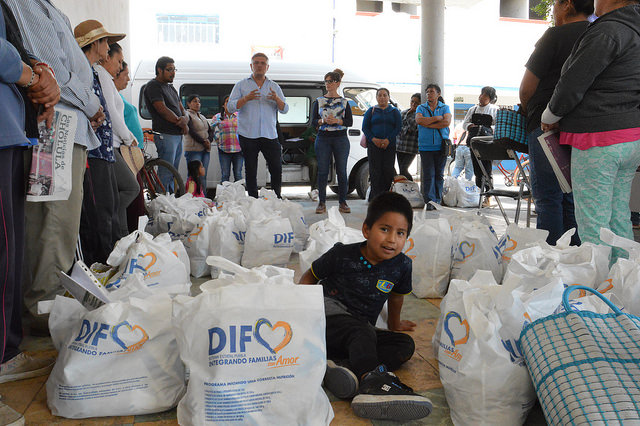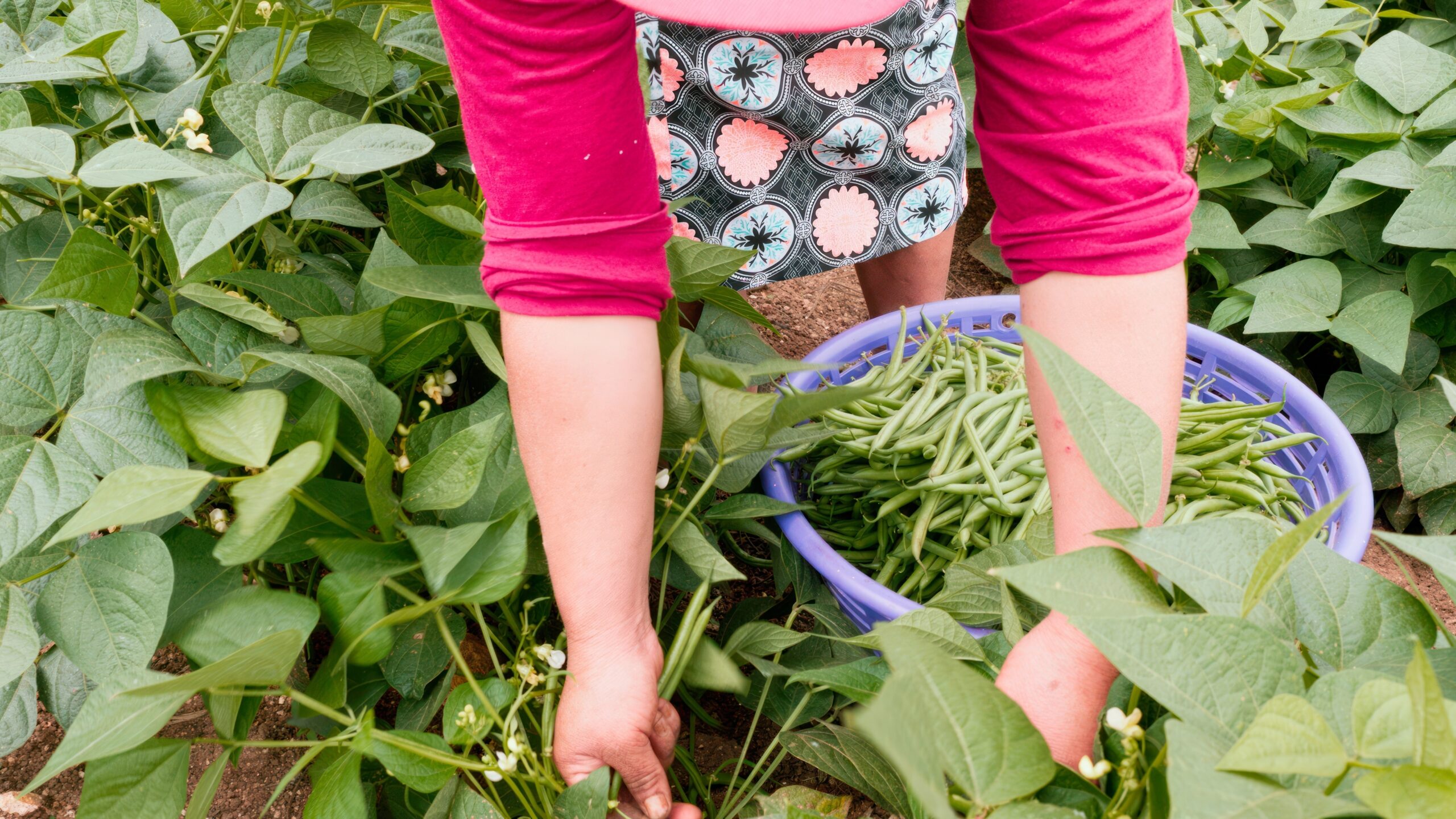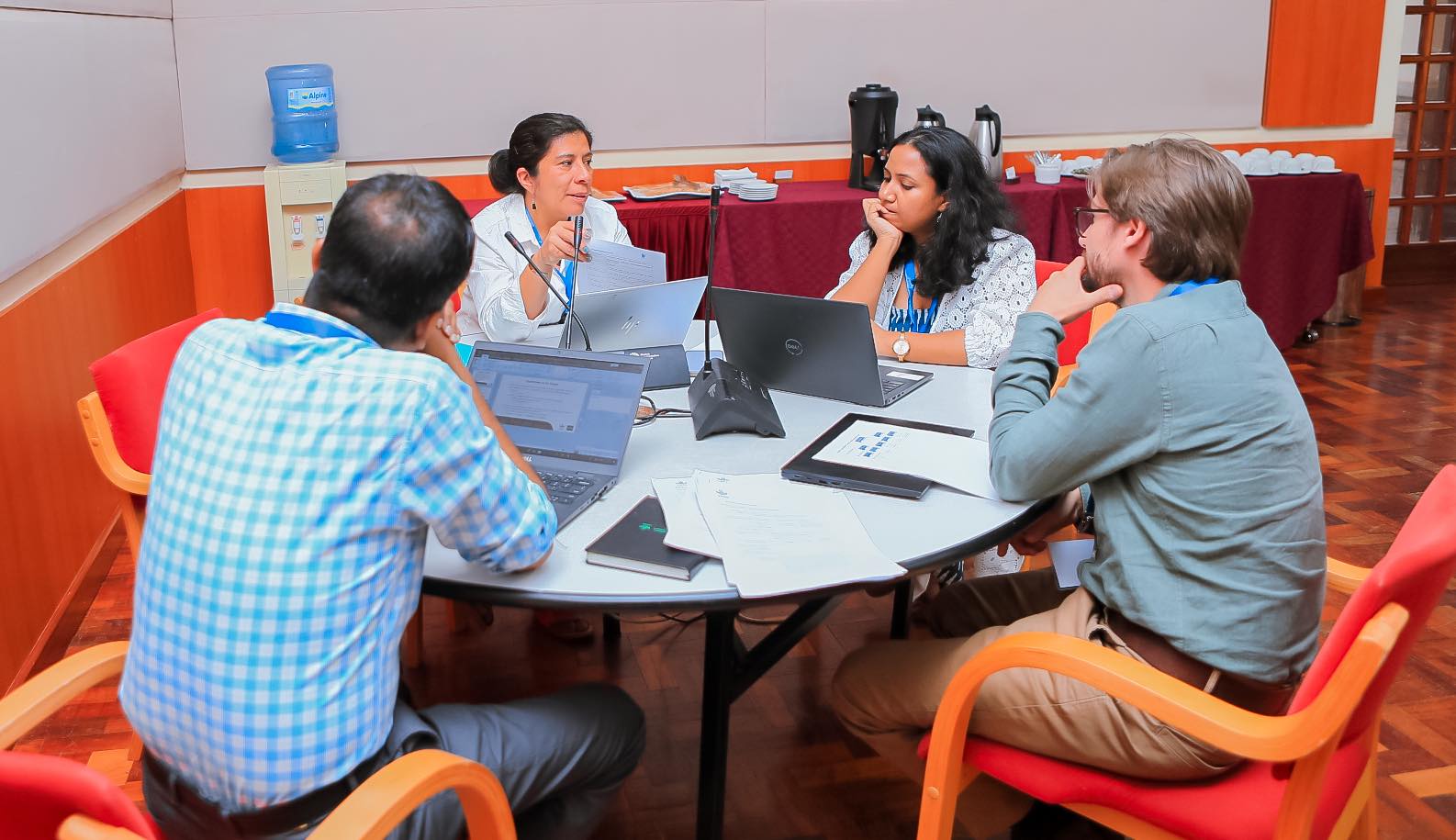India’s state of Chhattisgarh faced a daunting challenge in the mid-2000s. About half of its public food distribution was leaked, meaning that it never reached the intended beneficiaries. By 2012, however, Chhattisgarh had nearly eliminated leakages, doubled the coverage of the scheme, and reduced exclusion errors to low single digits.
How did they do it?
Recent experimental trials have helped immensely in estimating the comparative impacts of cash and food transfers with precision and minutiae. But they don’t tell us how change occurs, a question for which we need to look at a broader horizon of time, perspectives and factors. The exploration of such quandary is the core tenet of our new edited volume, The 1.5 Billion People Question: Food, Vouchers, or Cash Transfers?
The book examines if and how large-scale, domestic food-based programs in six countries evolved over time, including the Ration Cards and Baladi bread subsidies in Egypt, the Targeted Public Food Distribution System (TPDS) in India, the Rastra (ex Raskin) scheme in Indonesia, the Programa de Apoyo Alimentario (PAL) in Mexico, the Samurdhi food stamp program in Sri Lanka, and the Supplemental Nutrition Assistance Program (SNAP, or ex-food stamps) in the United States.
Some of these schemes changed dramatically since inception—e.g., Sri Lanka went all the way from replacing price subsidies with direct distributions of in-kind food to phasing those out in favor of vouchers and, subsequently, cash transfers. Others have made a range of changes. The figure below traces such trajectories.
Evolution of food assistance programs by country
So what emerges from those decades-long experiences? Among others, let us mention two core points.
First, the fact that a program is food- or cash-based is not necessarily a determinant of performance in terms of coverage, targeting accuracy, or a host of other dimensions.
Indeed, some countries that maintained the same in-kind modality managed to improve performance remarkably, e.g., SNAP in the U.S. and the TDPS in select states in India. Yet other countries that maintained in-kind provisions didn’t improve significantly, e.g., Indonesia’s Rastra. Others that commenced a transition to vouchers and cash transfers were able to reap the benefits from such conversion, e.g., Mexico’s PAL and, to some extent, Egypt’s schemes. Yet in some countries the change in modality didn’t translate into enhanced program performance, e.g., Sri Lanka.
What seems to drive improvements is not so much the transfer modality, but factors like political leadership at key junctures, credible evidence, a judicious use of technology, appropriate delivery processes, and ways to hold providers accountable.
Second, differently from cash transfers, food-based programs tend to pursue a variety of intertwined functions. For example, they support farmers via procurement (agricultural goal), they are leveraged to manage price fluctuations with strategic storage (risk management goal), and provide income support to low-income consumers (social assistance goal). The role of cash, instead, is more streamlined as it largely revolves around the sole social assistance function.
This multiplicity of objectives means more stakeholders, a thornier political economy of reform, and likely higher costs involved. But it also demands careful consideration of possible system-wide effects from a cash-out, or a complete replacement of food with cash. This is particularly compelling for the capacity of lower-income countries to handle food price volatility, and the possible alienation of political and financial support from key constituencies in all country contexts.
Such considerations point to the important role played by the “cash-out” mantra in nudging food programs to improve against possible or ongoing cash-based alternatives. We should always be on the lookout for opportunities to provide better assistance at lower costs. But recognizing that there is more that goes into the change process than micro-evidence is just as important. Cashing-out a program is a different ball game from cashing-out countries’ social assistance portfolios as a whole. That’s probably why nearly all countries retain a combination of in-kind and cash transfers.
Ugo Gentilini is a Senior Economist with the Social Protection and Labor Global Practice at the World Bank. Harold Alderman is a Senior Research Fellow in IFPRI’s Poverty, Health, and Nutrition Division. Ruslan Yemtsov is a Lead Economist and team leader for social protection at the World Bank. This post first appeared on the World Bank Voices blog.







